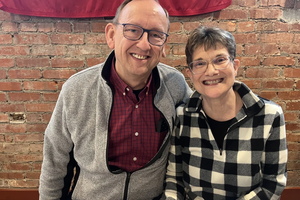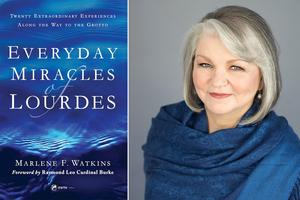




















The Road to the National Eucharistic Congress: A Timeline
Learn about why 2024 is historic ahead of the main event this week in Indianapolis.
Scroll through the interesting history!
Sources: University of Dayton, Archdiocese of Philadelphia, Wikipedia, Vatican.va, and EucharisticCongress.org















